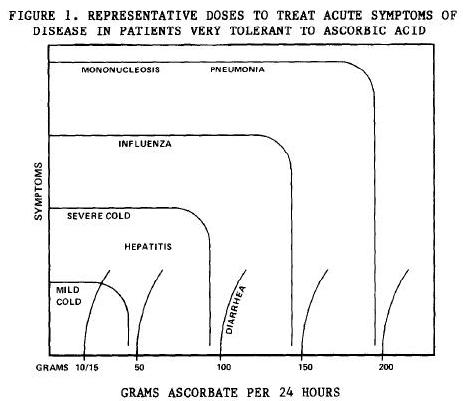Is your personality really yours – or is it your bacteria’s?
What prompts this thought is a new paper that studied mate preference in fruit flies. It turns out that the gut bacteria in fruit flies influence their mate preference. [1]

It’s been known for 20 years that fruit flies raised on one type of food prefer to mate with fruit flies raised on that same food. Now, researchers have proven that the preference is dictated by gut bacteria. When fruit flies are given antibiotics, they forget their mate preference and will mate with fruit flies that eat different diets. [2]
Mating preference seems to be dominated by a single species: Lactobacillus plantarum. This species is common in probiotic supplements and in fermented vegetables. So if you find yourself developing an attraction to starch-fed fruit flies, your probiotic could be to blame.
Personality-Altering Pathogens
Personality-altering pathogens may not be that rare. In the book we mention that Toxoplasma gondii, a protozoal parasite, infects 20% to 60% of the population in most countries, forms cysts throughout the body including the brain, and makes its victims behave recklessly:
- Rats infected with T. gondii lose their fear of cats. [3]
- Humans infected with T. gondii are 6 times more likely to get in traffic accidents. [4]
Conclusion
If people seem to be behaving increasingly oddly lately, perhaps it’s not your misanthropism. It might be a bug going around.
References
[1] “Gut Bugs Affect Mating,” The Scientist, Nov 2, 2010, http://www.the-scientist.com/news/display/57793/.
[2] Sharon G et al. Commensal bacteria play a role in mating preference of Drosophila melanogaster. PNAS, www.pnas.org/cgi/doi/10.1073/pnas.1009906107, 2010. http://pmid.us/21041648.
[3] Webster JP et al. Parasites as causative agents of human affective disorders? The impact of anti-psychotic, mood-stabilizer and anti-parasite medication on Toxoplasma gondii’s ability to alter host behaviour. Proc Biol Sci. 2006 Apr 22;273(1589):1023-30. http://pmid.us/16627289.
[4] Flegr J et al. Increased incidence of traffic accidents in Toxoplasma-infected military drivers and protective effect RhD molecule revealed by a large-scale prospective cohort study. BMC Infect Dis. 2009 May 26;9:72. http://pmid.us/19470165.












Recent Comments